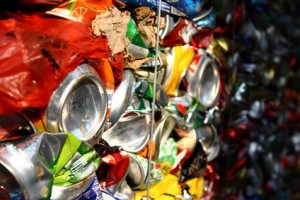 Winter is in full swing! Over 20% of the U.S population was affected by last week’s storm, making driving difficult for many people (and driving still might be difficult in some places). One of the last things people are thinking about in these road conditions is the condition of their tires, but tires with right pressure are what you need to navigate winter roads. The best way to ensure that your tires have proper tire pressure is with nitrogen tire inflation. Here are the winter benefits of putting nitrogen in your tires:
Winter is in full swing! Over 20% of the U.S population was affected by last week’s storm, making driving difficult for many people (and driving still might be difficult in some places). One of the last things people are thinking about in these road conditions is the condition of their tires, but tires with right pressure are what you need to navigate winter roads. The best way to ensure that your tires have proper tire pressure is with nitrogen tire inflation. Here are the winter benefits of putting nitrogen in your tires:
Proper Tire Pressure Ensures Better Handling
When driving on icy and slippery winter roads, you need tires that can handle those conditions. This means that tires that are underpressure, or have uneven wear, are going to give you as much trouble as the road conditions themselves. Proper tire pressure solves the first, and it solves the second since its typically a tire that’s below pressure that will wear unevenly. To solve for proper tire pressure, nitrogen tire inflation does the trick. Nitrogen tires maintain proper tire pressure for longer periods of time, which is one comforting thing to have when traveling through severe weather.
Nitrogen Tire Inflation Improves Fuel Efficiency
With winter road conditions, commute times are longer because you have to be more careful on the roads. You might also have to take different routes to avoid accidents and traffic. All that means you’re burning more fuel and increasing how much you spend on gas. To keep that to a minimum, (besides avoiding the roads all together) you can fill your tires with nitrogen. Because of the proper tire pressure benefit, nitrogen tire inflation increases your fuel efficiency by three percent, which can make a big difference as gas prices and the amount of gas we’re using goes up. Of course, one of the last things you want to happen when driving in this weather is to run of gas and to be stranded. Get the most out of every drop of fuel with nitrogen tire inflation.
Nitrogen Tires Better Withstand Extreme Temperatures
Air-filled tires are much more sensitive to temperature changes than nitrogen tires, so with air-filled tires you run the risk of driving on tires that are below pressure. It also means that while you’re driving, your tire pressure will also fluctuate with larger swings. These sorts of changes do not represent the safety that you want when you are driving on icy roads, or at the beginning of snow fall when the road surface changes. Since nitrogen tires better withstand the extreme temperatures of winter, they are much safer for driving than air-filled tires.
Driving when the roads aren’t safe may seem like a gamble, but you can increase your chances of arriving safely with tires that are ready for these conditions. Even with snow tires, you want your wheels to be reliable and to be able to withstand the unpredictability of winter roads. Winter may already be halfway over, but the driving never is, and nitrogen tire inflation is still beneficial once the snow stops. So, it’s not too late to fill your tires with nitrogen, and you don’t have to wait until next winter to do it.
Related Links:
The Advantages and Disadvantages of Nitrogen Tire Inflation






